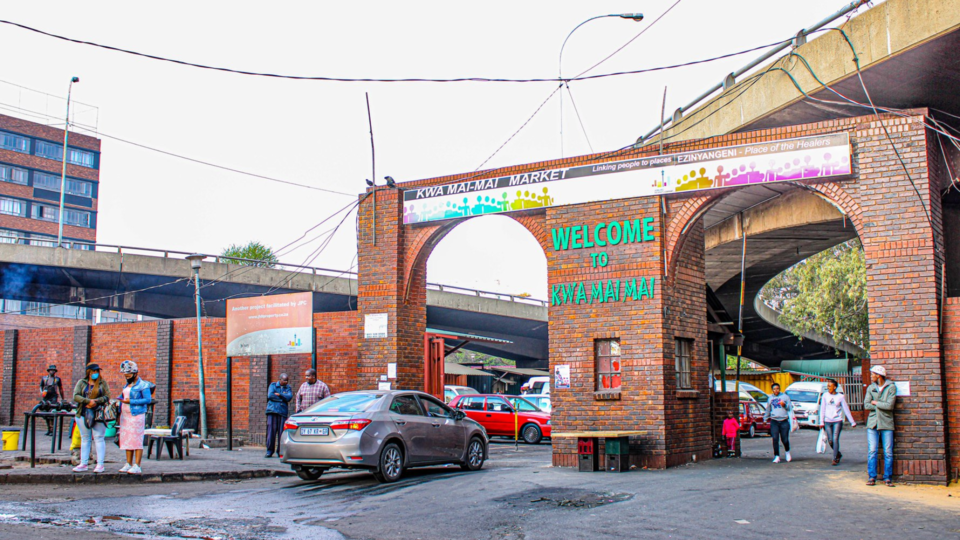Kwa Mai Mai is not for the faint-hearted. Even on the way, my driver was telling me horror stories about murder and other crimes. I had stories of my own. Last time I was here, I brought a Swedish friend. They promptly took her phone 🤣. But dare to brave the imposing walls of this unfathomable relic and your path will be laden with oodles of mystery and intrigue. Don’t get me wrong, you may still get fleeced—at best you’ll be scammed a bit and at worst you might get mugged, but escape unscathed and you’ll tell the tale with positively passional pride.
While it connects many from all parts of the world, it’s no wonder the place has a bit of a reputation for wanton violence. Near Kwa Mai Mai, 80 Albert Street was once home to the infamous Bantu Affairs Office where Black workers endured humiliatingly invasive exams to obtain ‘passes’ every few months to stay in the city. Today, Joburg is known for its bustling streets and brutalist skyline, and Kwa Mai Mai, at around 100 years old, is its oldest traditional medicine market—a quintessential example of the city’s chaotic modernity.
For some, it’s a legendary mecca, known only by name. With its old, red-brick walls, under the bridge and next to the once trendy streets of the Maboneng District, the landmark was initially built as horse stables and evolved in the 1920s when workers from KwaZulu-Natal settled. Kwa Mai Mai came to colloquially be known as “Ezinyangeni” or the place of healers, and it is widely regarded as the Afrocentric muthi capital of Johannesburg with 176 units, hosting hundreds of traditional traders.
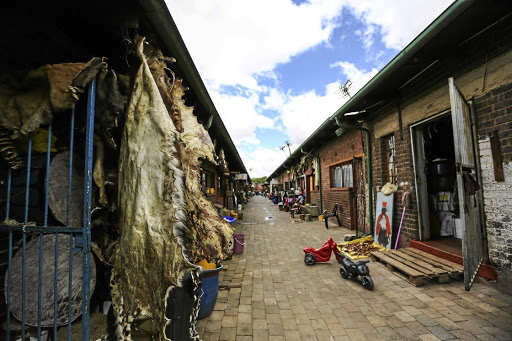

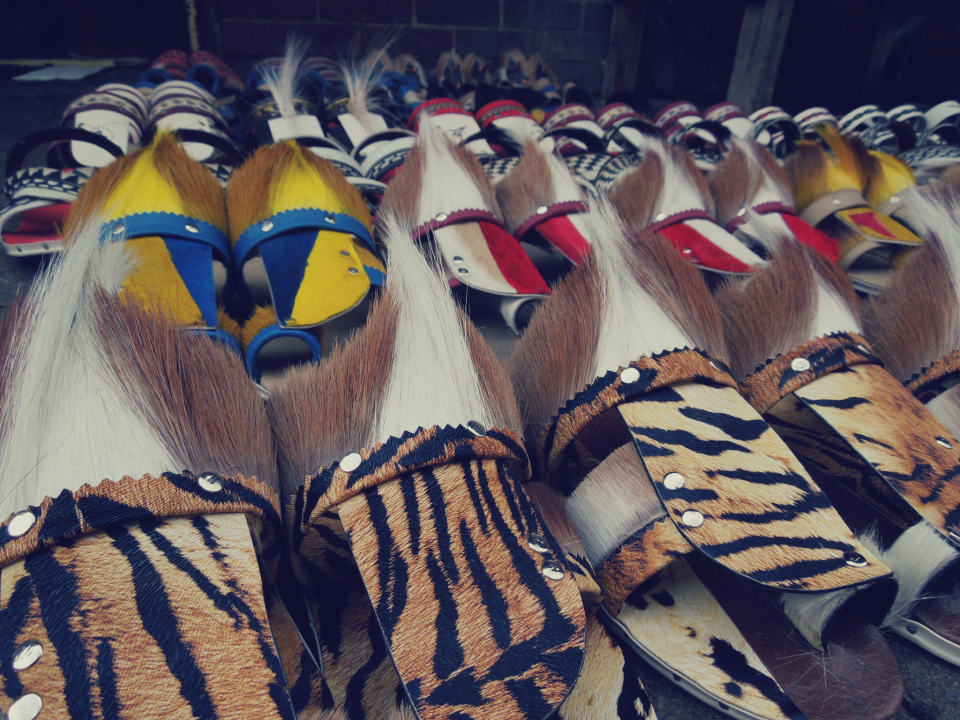
With its ties to the rural homelands and symbol as a site of economic resistance and survival, there’s a palpable sense of permanence about this place. In a 2016 Mail & Guardian article, Pontsho Pilane recalled an encounter with Nkaberong Ndwandwe, a leader and traditional healer at Kwa Mai Mai market, who said: “My ancestors are settled here. They have directed me here and this is where the spirits lie. … Until they tell me to leave I will not leave.” The article emphasised the Market’s significance as a hub and home for generations of healers.
Naturally, time operates differently here. Often it’s so fast-paced you don’t know whether you’re coming or going. You gotta watch your back and be agile. Look sharp! Be able to fit into any nook or cranny. But if you catch Mai Mai on a quiet day like I did the other day, it’s chilled. You get it without the angst. You begin to feel an almost hypnotic sense of safety as you stroll through the market. On a day like this, when it isn’t packed, but almost empty, with mostly vendors and the small amounts of people who are there to consult, it can be quite cathartic.
In this stillness, the process takes centre stage, and the skill of working comes to the fore. You can pay more attention to the fine herbs, and ask better questions about the traditional attire, and the origin and style of the woodwork. Go to the section devoted to coffins and death, where you can see animal skins being stretched. In silence. Women are beading in quiet corners, men mindfully mixing their medicines, and even children playing in the yard, turning trash into toys and playing games from a time and place all but forgotten.
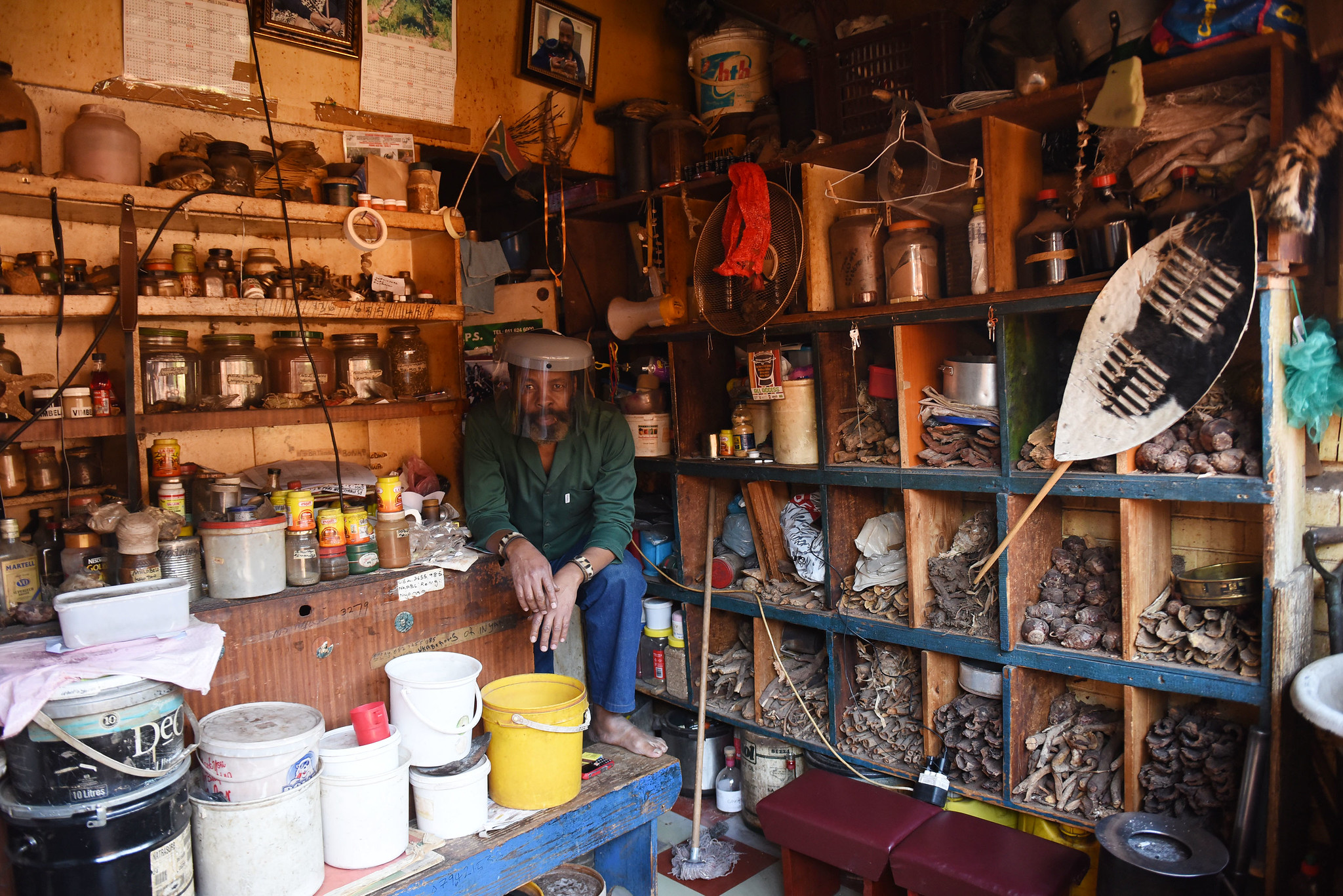
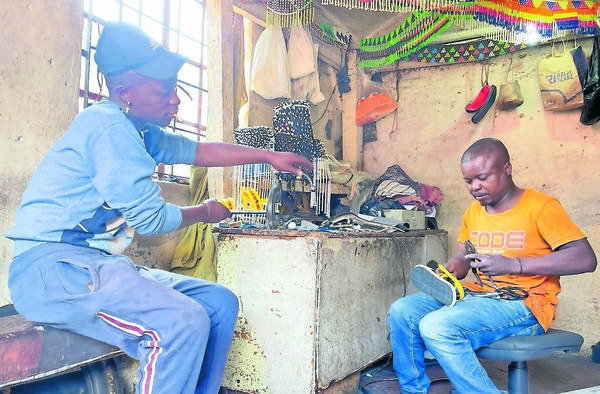


Of course, amidst all this gentle activity, there are always libations and plenty of merriment. Though somewhat muffled market-side, the shisanyama roars on, speaker blasting and playful pillows of smoke meandering into the city’s wide lungs. You won’t be getting Michelin-style food or fancy cocktails here, but many swear by Mai Mai as the best street food hangout in town. From the pile of phutu, to the solid s’bindi, the Savanna won’t be the only thing that’s dry but you’ll lap it up and anyway, it’s all about the varrrb! Oh, and don’t mind the rats. They won’t bother you if you don’t make eye contact. Avert your gaze and enjoy!
Amidst this endlessly stimulating rhythmic symphony, one can almost hear the heartfelt whispers of healers and the shrewd swishes of charlatans harmonising in the murky urban air. The old-school twangs and turns of phrases of a less urban IsiZulu make the same air even more robust and one wanders bravely on, from one corridor to the next, stubbornly maintaining the kind of blind faith that is required for an easy exit.
While you will have no doubt caught on that I am a Mai Mai stan, it would be pointless for me to advocate on the basis of ‘things to do’. There’s no such thing as a shortage of things to do or see in Joburg, and this is more of an experience than an activity. Both rare and banal. Venturing this far into the inner city is entering another realm. A world of opposites. Upside-downs and inside-outs. You’ll be safe while in danger, gurl. Asleep and wide awake. Such is the magical nature of the Kwa Mai Mai Muthi Market—on a quiet day.


